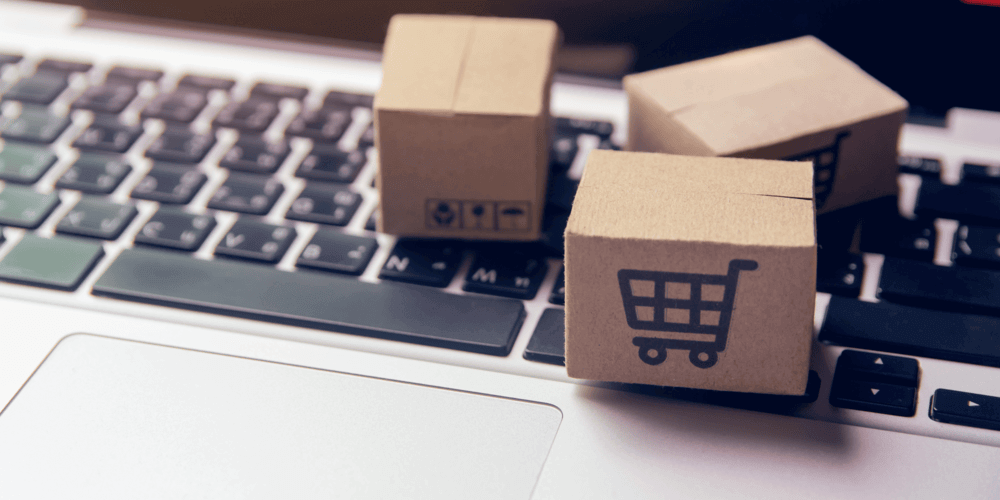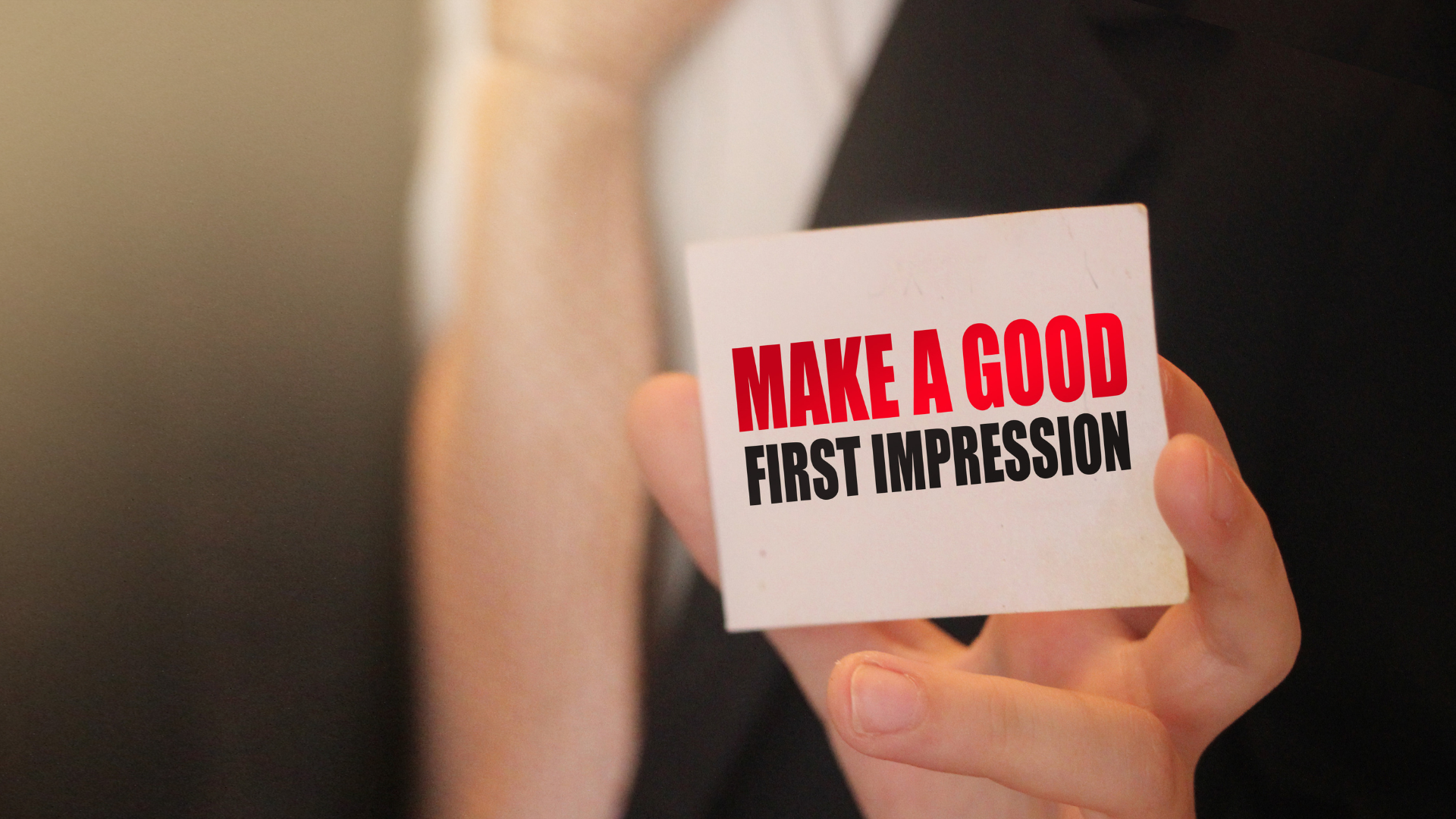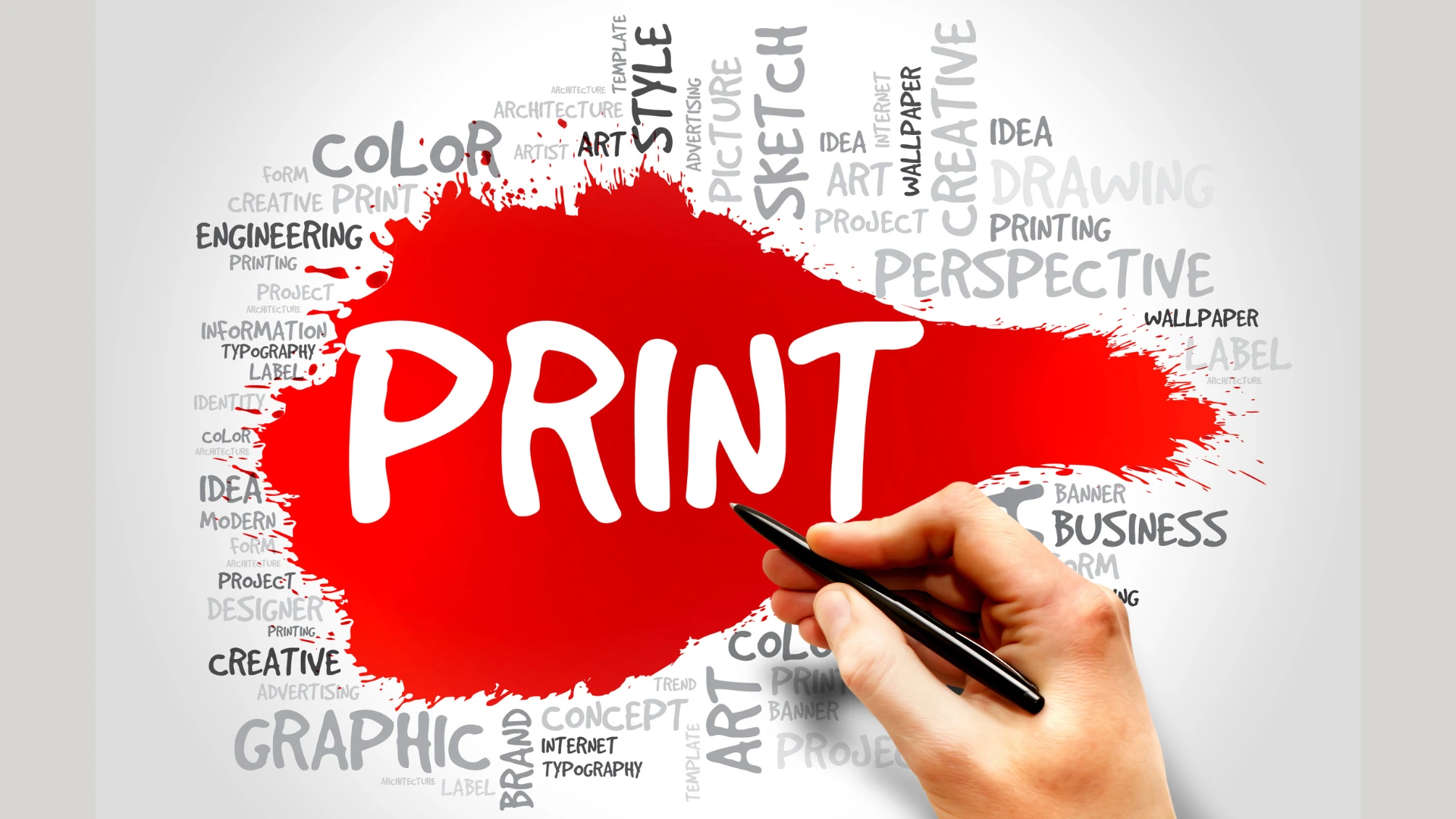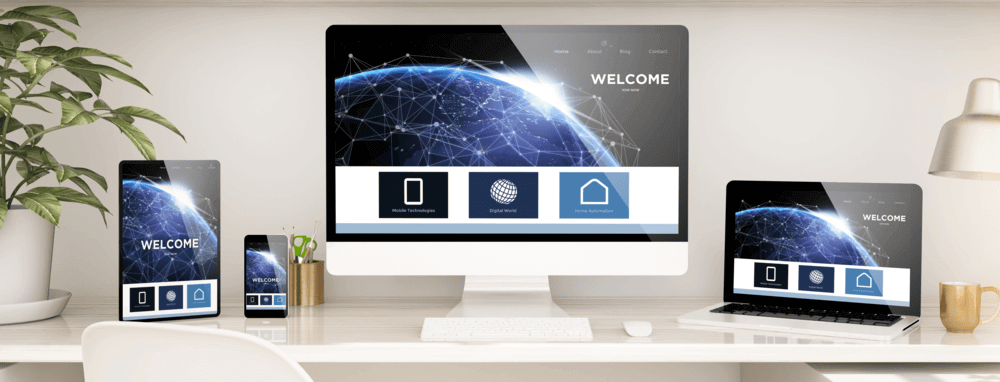15 August 2022
The Age of eProcurement

The Age of eProcurement
Ordering online post pandemic has become part of our everyday lives. So much so that the range of what we procure from home entertainment to travel, groceries to energy is vast and continues to grow. But where is this journey of online purchasing going to take us, is this the demise of human interaction and loss of direct retail? The only thing for certain right now is that once people go online, the odds are hugely stacked in their favour to stay online versus going back to any high street or retail park (U.K. ONS (Office of National Statistics)). Let's be clear, buying online dramatically reduces the cost of getting any product to market and should be better for the environment as an added benefit.
So, the above identifies the current landscape of the B2C (Business to Consumer) markets but what about B2B (Business to Business), a huge part of buying and selling that has always made it's purchases in a very different way. The B2B market actually started to dramatically change the way it procured goods some time ago and before we developed our own personal dependency on eBay and Amazon, the corporate market already had a range of solutions to choose from. Systems like SAP / Oracle / CommerceOne and JD Edwards were early solutions that the corporate market used to be their singular platform, out of these the front runner was clearly Ariba who amassed a huge market very early on; indeed, there are case studies where successful use has been in excess of twenty years (British Airways, Morgan Stanley)!
Enterprise Resource Planning Benefits
These ERP (Enterprise Resource Planning) systems offer huge advantages to their users as they can facilitate procurement to be more proactive than reactive in the support of the business. This is done in several ways:
- Providing total transparency of all products procured through their chosen application at every stage of the procurement stage from sourcing to delivery and payment (often suppliers get a better deal in quicker payment processes). This helps CPO's (Chief Purchasing Office) combat against maverick spend, employees buying outside of the corporate relationship often getting off brand and ordering non-competitive products from sometimes unverified suppliers.
- The procurement function allows the mapping out of key suppliers so the number of companies engaged can, where applicable be reduced (B.A. reduced its number of suppliers from 14,000 to 2,500 with its £4Bn annual spend back in the early 00's). Of course, there are winners and losers with this but there is an intrinsic cost for every supplier engaged and for the supplier winning more work from a key customer can only be a good thing.
- Many systems offer faster supply chain payment i.e., no invoice reconciliation and in some cases procured goods can be paid for in around four working days, enabling many suppliers to be more cashflow positive.
- A final and more current benefit of eProcurement is that there is a central solution in place for all of an organisation's users to access 24/7, 365 from any location with a mapped-out process for those goods to be signed off and fulfilled, efficiency!
The Evolution and Challenges
There is a downside however, as these eProcurement solutions have advanced and grown, the current number being offered is in the hundreds, but the market is still led by names such as SAP Ariba (SAP bought Ariba in 2012 for 4.3Bn), Coupa, Oracle, Jagger, Basware to name but a few. But their main failing or shortfall still remains the same, they cater for some 60%-80% of the product or category types that a corporate procures but they lack the ability to support complex, non-standard products that often come with a high number of variable attributes, these products are often left to suppliers to find a solution to bridge.
Marcoms has been a huge area where systems offered by Vpress have offered an affordable effective solution upstream that allows effected users to seamlessly "PunchOut" from one environment securely to create something complex or view a dynamic stock level that change externally. These products are not just limited to the marcoms function but encompass configurable products, services, resources and specification briefs to name but a few. An effective proven solution is available that compliments these huge eProcurement solutions for anything outside of the norm.
For a print supplier having a mechanism that can integrate into these systems is becoming essential to land contracts. That is why Web-to-Print suppliers such as Vpress are developing new ways to create seamless transitions from one environment to another giving their partners an advantage when trying to close deals.
These products are not just limited to the marcoms function but encompass all print products. This includes leaflets, brochures, business cards as well as Request for Quotes (RFQ) and job submission with variable pricing.
The Future of eProcurement
As the eProcurement market continues to develop the need for localisation of language, mobile device access and better management of complex products within the supply chain continues, the "buying" element of any organisation is now an imperative function to allow an organization to be remain efficient, sustainable, responsible, and fundamentally operational.


